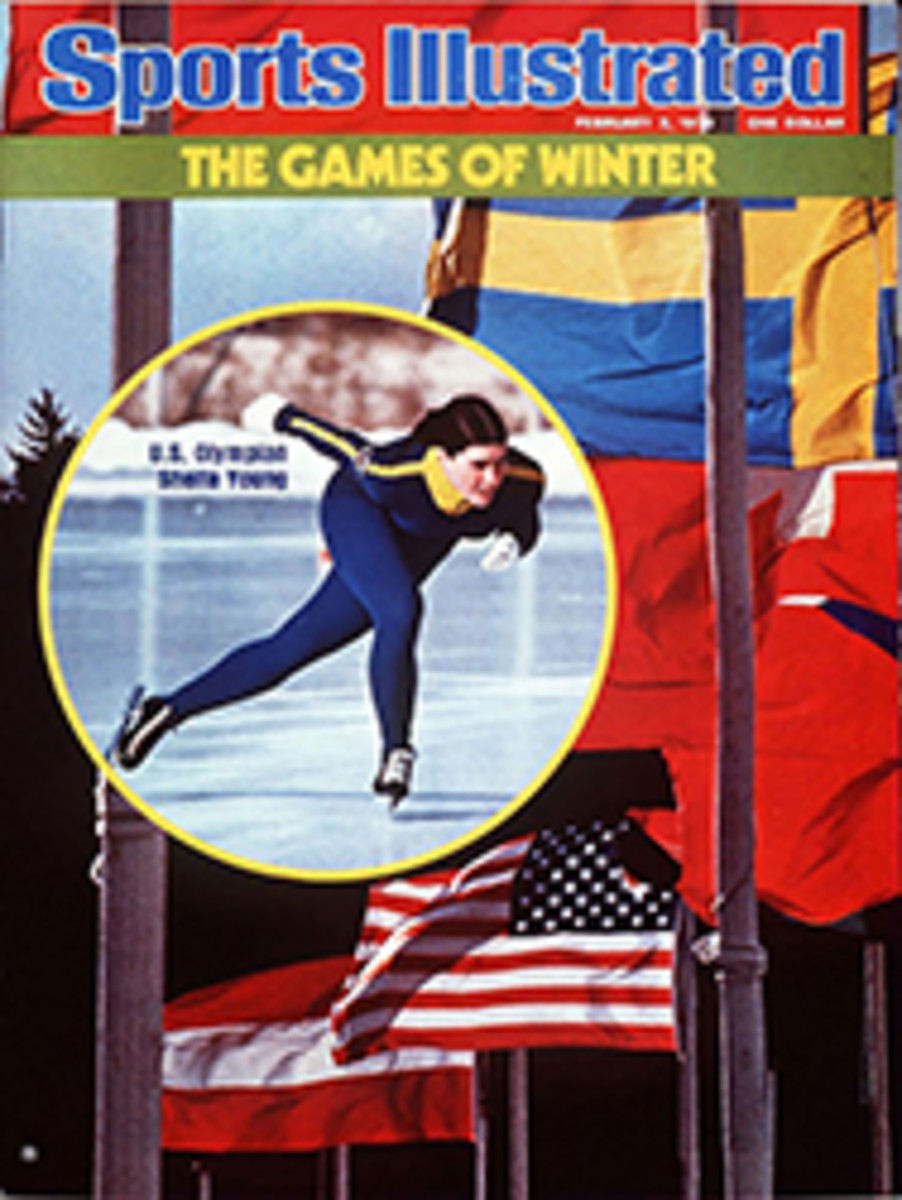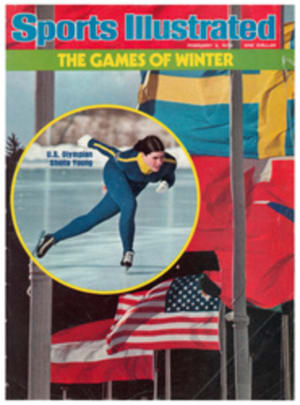
AMATEURS HAVE AS GOOD A SHOT AS PROS TO GET PICTURES AT INNSBRUCK
If photography is one of your pleasures, you may never get a better opportunity to shoot memorable sports pictures than in Innsbruck Feb. 4-14. The Winter Olympics are in many ways the most photographically satisfying major sporting event. Most occasions of this sort put the spectator at a disadvantage. Only pros working on assignment for a major publication or wire service are in the front row at the big title fight, permitted to roam the sidelines at the Super Bowl or seated right behind first base at the World Series. When an amateur wants to photograph such events, he has to shoot from his seat, which seldom is as close to the action as he'd like.
But in Austria you will find the exception. At most competitions (for figure skating and hockey you must be seated) you will be alongside the accredited pro or at least close enough to capture action nearly as good as that which will appear in the morning papers.
Keep your equipment simple. If the sun is out, use Kodachrome 64; the only other film you need is high-speed Ektachrome daylight. The latter works well in dark and overcast weather and in the indoor arenas, which are balanced for daylight film. If you want to shoot black and white—the games are so colorful one wonders why you would—Tri-X will do for everything.
The ideal camera is a single-lens reflex. While your normal lens will do, a 105- or 135-mm lens is even better. In some places a 200-mm lens would help, but you can do well without it. If possible have your camera and lenses winterized. This is a simple procedure done by most camera repair shops: the oil and other lubricants are removed and a substance such as graphite (which has a much lower freezing temperature) is substituted. Incidentally, no adjustment has to be made to camera or lenses the following summer.
Cold weather can make film brittle so that it breaks or cracks when loading. This problem is averted by carrying a hand warmer along with your film. The hand warmer will also do wonders for your frozen fingers. Once loaded, keep your cameras inside your parka when not shooting. While you can adjust quickly from the cold to the warmth of a car or the restaurant atop the hill, your lenses and cameras cannot. A change in temperature from cold to hot will cause them to sweat, and only time (sometimes as long as half an hour) will clear them. Once both lens and viewer are free of moisture, clean them with lens tissue, and you can begin shooting.
Here are my tips for getting the most out of each event: Opening Ceremony—You're stuck in your seat, but that probably is as good a spot as any. The ceremony is full of color, and the parade of nations alone can exhaust your supply of film. In Sapporo the flame was skated in by a lovely girl dressed in white, gliding slowly and gracefully. It was a dazzling moment and, photographically speaking, there wasn't a bad seat in the house. Alpine Skiing—If you ski well, you can pick your spot on the hill. In the downhill and the giant slalom most spectators remain near the lift or at the bottom of the hill. The skiing photographer can go out to the course early and ski down the side to find a choice spot. You are likely to end up just as close as you want, probably right next to the photographers from Stern or SPORTS ILLUSTRATED. The slalom is a little tougher to prepare for, since nonskiing spectators can hike up the side of the course. Get there early, find a good location and wait. Don't accept more than one drink (you probably will be offered many) because while spirits are warming, they disturb your focus. Cross-Country Skiing—How can you miss? Hike or ski through the woods until you find your spot. You'll be close enough to touch the racers. Bobsled and Luge—Look for a position opposite one of the high-banked curves. And try panning—a nice smooth pan, shooting when you reach the midpoint of your pan—at a slow shutter speed, 1/60th, 1/30th or even 1/15th. This could produce your best shots of the Games. Ski Jumping—Easily the most visually exciting event, so stand as close to the take-off point as possible. A 105- or 200-mm lens will bring you close enough to get excellent pictures of the jumpers soaring somewhere between Innsbruck and Munich. Speed skating—Best bet for a U.S. gold, worst bet for good pictures. Get close enough to fill the frame with the skaters coming straight toward you. This is best done away from the finish area, where you would be competing for elbow room with the pros. Panning may also help. Figure Skating and Hockey—You're stuck in your seat here, so just do the best you can. Your exposure should be about 1/250 at f2.8 when shooting down toward the ice. Closing Ceremony—You may not have any film left, but if you do, this is a good opportunity to shoot pictures of your friends, since you probably forgot to turn the camera on them during the previous two weeks.
On your way home you'll likely pass through Munich. Pick up a few bottles of Doornkaat, serve it with a Bavarian beer chaser, and the party at which you show your slides will be a winner.

